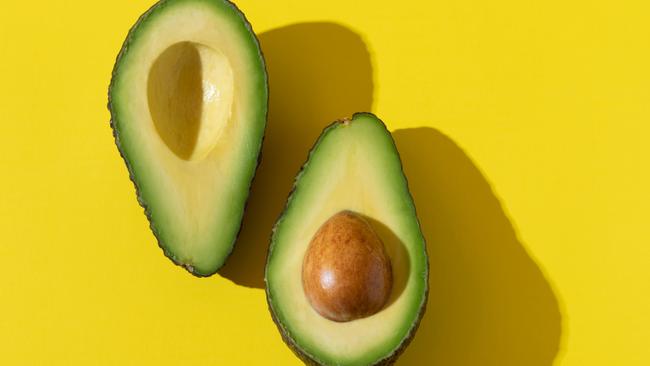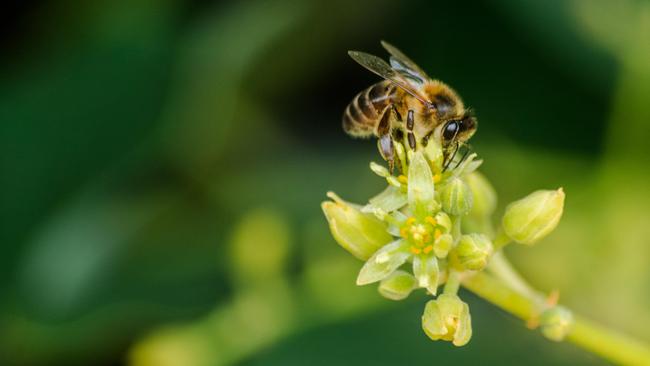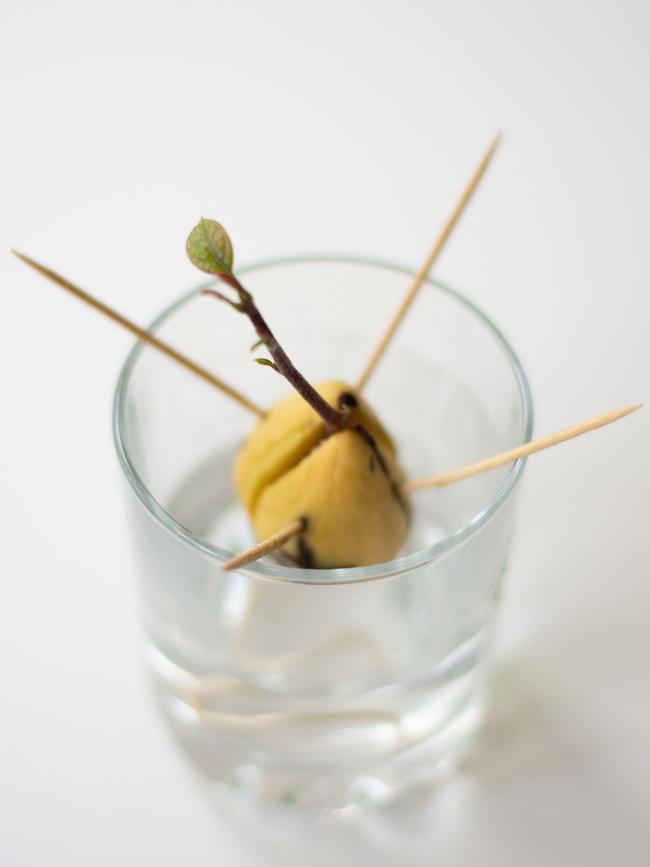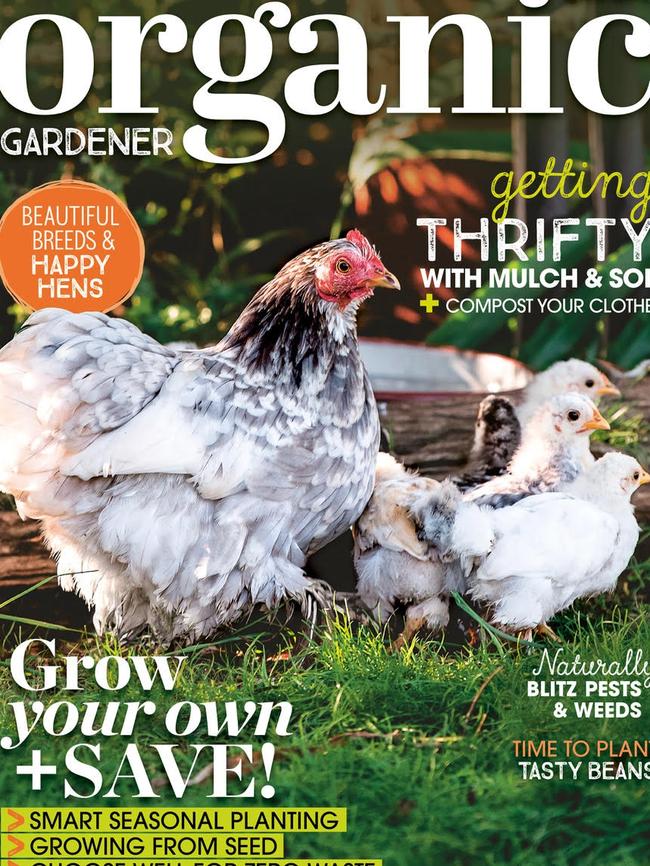This might be why your avocado tree won’t bear fruit
Avocado trees have very unusual sexual habits. Ever wondered why yours won’t fruit? Read on to understand why...

Avocado flowers are what we might call “gender fluid”. Although each flower has the usual male and female parts, they switch between being functionally female and functionally male in a matter of hours. (The technical description – protogynous diurnally synchronous dichogamy – is something to memorise for trivia nights). It’s a strategy to limit self-pollination and maximise cross-pollination from other trees, thus securing genetic diversity. And for frustrated home gardeners, it goes a long way to explaining why their tree won’t fruit.
Avocado (Persea americana) varieties are classified as either A or B types. Group A’s flowers open in the morning of the first day as female, then close to reopen on the afternoon of the second day as male. Group B varieties open as female on the afternoon of the first day and become male the following morning. Each bloom opens for just two days. In warm areas, you need to plant A and B varieties that flower at the same time. Bees and flies are the main pollinating insects. But the good news for those in cooler climates is that cold disrupts this pattern enough so there is overlap between the phases and you can get some self-pollinated fruit from just one tree. Having two varieties is still better for larger crops; you can “duo-plant” two trees in one hole.

The A group includes ‘Hass’, ‘Reed’, ‘Wurtz’ and ‘Pinkerton’. B varieties include ‘Bacon’, Fuerte’, ‘Shephard’ and ‘Sharwill’. B types are less likely to self-pollinate, according to Chris Perry of Perry’s Fruit and Nut Nursery in South Australia. He recommends ‘Reed’ as the top backyard variety because it’s the best self-pollinator, and is compact and upright. ‘Hass’ is good for Melbourne and Adelaide with ‘Zutano’ as the pollinator.

The ideal climate for these evergreen rainforest trees is frost-free but they can tolerate mild frosts once established, even growing as far south as Tasmania. The trees have shallow feeding roots so keep them mulched, and well watered in dry weather. They are very sensitive to poor drainage and prone to root rot, so planting on mounded soil is recommended.
Growing trees from the huge seeds is easy and fun, but these can grow extremely tall and take up to 10 years to bear fruit of unknown quality. Buy grafted trees of named varieties so you know what you’re getting. These should fruit within a few years and generally grow 5-10m tall. The fruit take nine to 12 months to mature; harvest time depends on the variety and climate, with some varieties ripening in winter and others in summer, but trees can bear for three months or more.
Q&A
The leaves on our once- thriving Hardenbergia are turning brown. It’s on an east-facing wall with sandy soil of pH 7.5. Liesl Celliers, Perth
Hardenbergia comptoniana is native to your area, found in sandy, coastal and limestone (high pH) soils. Over-fertilising causes brown leaf edges. Elsinoe leaf spot causes brown patches on leaves, as does overwatering. Note these plants have a fairly short lifespan.
Would bamboo grow in pots along a south-facing Colorbond fence in our courtyard? We don’t want any invasive roots close to the house foundations. Clive Turner, Adelaide
Bamboo does well in shade but needs regular water or it sheds leaves. Although all the clumping varieties are not invasive like running bamboos, the rootballs will expand over time; pots will contain them. Choose a small variety.
Could we grow Japanese black pines (Pinus thunbergii) in large planter boxes at the front door? Keith Mackay, Canberra
These sculptural pines are tough, tolerating full sun, salt, sandy soil, cold and heat – but their roots don’t like to be hot. Being popular for bonsai, they should grow in containers if pruned to contain their size and to shape them.

Send your questions to: helenyoungtwig@gmail.com or PO Box 3098, Willoughby North, NSW 2068. The best question for September wins a year’s subscription to ABC Gardening Australia and ABC Organic Gardener magazines, worth $109




To join the conversation, please log in. Don't have an account? Register
Join the conversation, you are commenting as Logout